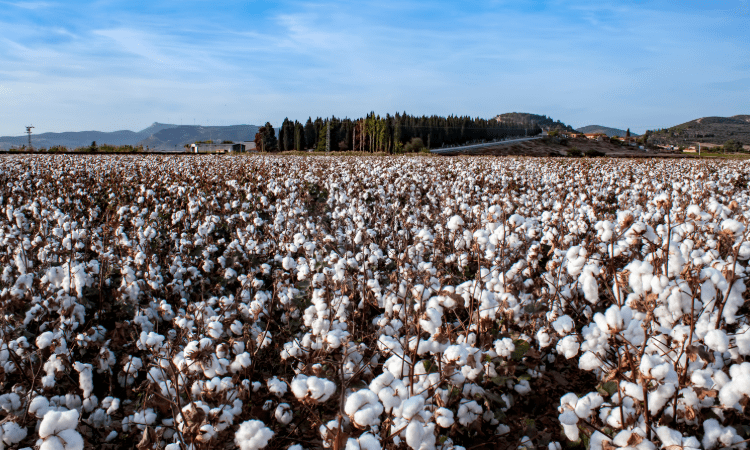Cotton Tests

Cotton, the raw material for textile products, is an agricultural product that requires careful examination in terms of both human health and the environment. In particular, elements such as GMO (Genetically Modified Organism) content, pesticide residues, and high-polar pesticides are important for textile safety and sustainable production.
Our services at Nanolab include:
GMO (Genetically Modified Organism) Testing GMO cotton is widely cultivated in some countries due to its resistance to pests. However, many countries have imposed restrictions or labeling requirements on products containing GMOs. For GMO detection, cotton DNA is isolated and analyzed using the PCR (Polymerase Chain Reaction) method. This allows scientific answers to questions such as whether cotton fiber contains GMOs and, if so, which genetic modifications it carries.
| Cotton and Textile Products |
GMO Screening Analyzes (35S, tNOS, pFMV, cry1Ab/Ac, pat, otp/mepsps)
Real-Time PCR Method |
ISO IWA 32 |
Pesticide Residue Analysis Pesticides used in agriculture can leave residues on cotton plants, which can then be transferred to textile products. In traditional pesticide detection methods, devices such as GC-MS/MS or LC-MS/MS are used to accurately measure the types and levels of pesticides in cotton samples. Exceeding pesticide limits in markets such as the European Union and the United States can result in serious penalties. Therefore, pesticide control is of great importance at every stage of the production chain.
| Cotton and Textile Products |
Detection and Quantification Analysis of Some Selected Pesticides |
AOAC 2007.01 |
Highly Polar Pesticide Analysis Some pesticides are water-soluble, ionic compounds with high polarity due to their structure. These substances may not be detectable using conventional methods. Special extraction techniques and advanced analytical methods such as ion exchange chromatography are used for the determination of high-polarity pesticides. The control of high-polarity compounds such as phosphite, ethephon, and glufosinate, which are commonly used in cotton production, requires specialized expertise in analysis.
| Cotton and Textile Products |
Detection and Quantification Analysis of Some Selected Pesticides (High Polar Pesticides) |
QuPPe Method; Waters Application |
Cotton is not just a textile raw material; it is also a product that comes into direct contact with human skin. The presence of genetically modified organisms (GMOs), pesticide residues, or high-polar compounds can cause skin allergies, toxic effects, and environmental issues. Conducting analyses on cotton eliminates these risks, thereby protecting consumer health and ensuring compliance with regulations during export processes.
GMO, pesticide, and high-polar pesticide analyses in cotton samples are essential for transparent, reliable, and environmentally friendly production. Our laboratory provides specialized services in these critical analyses, offering quality assurance to both domestic and international companies. Contact us for more information.

